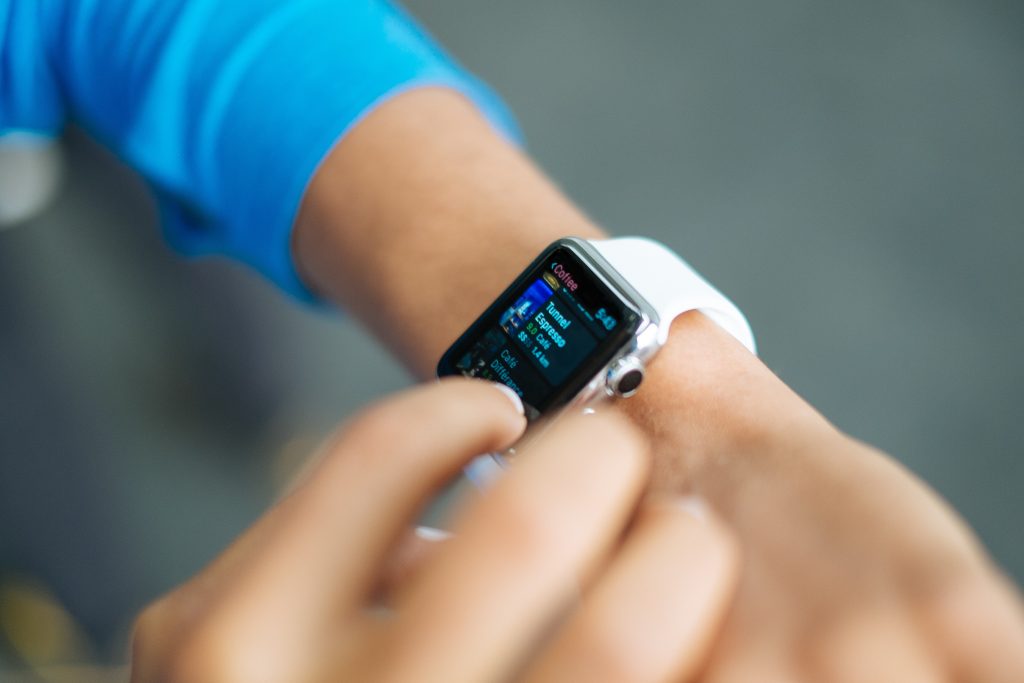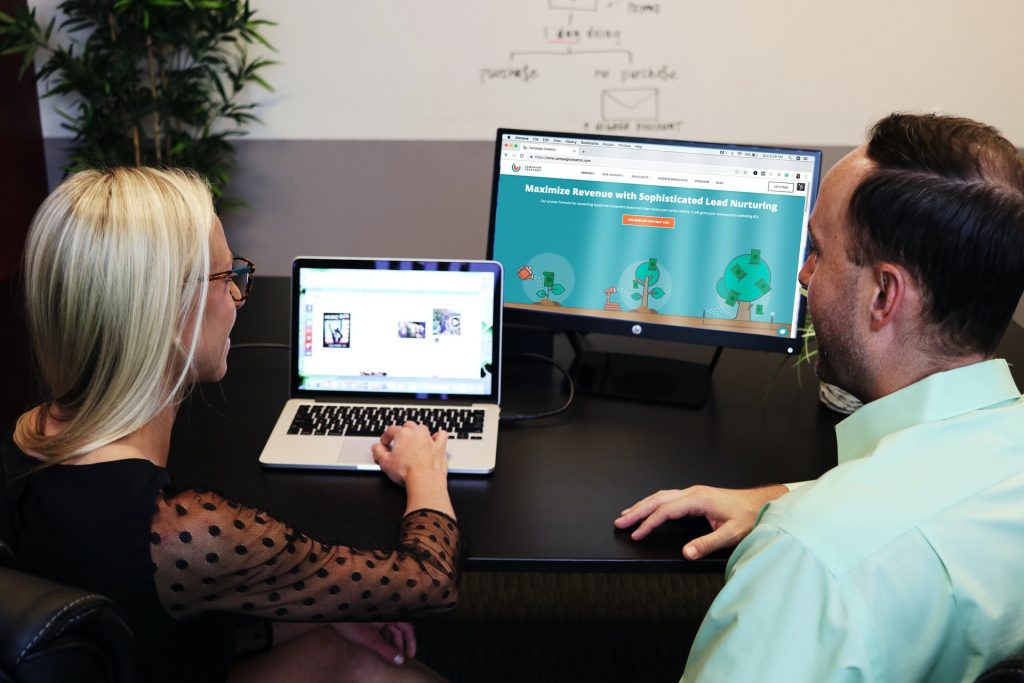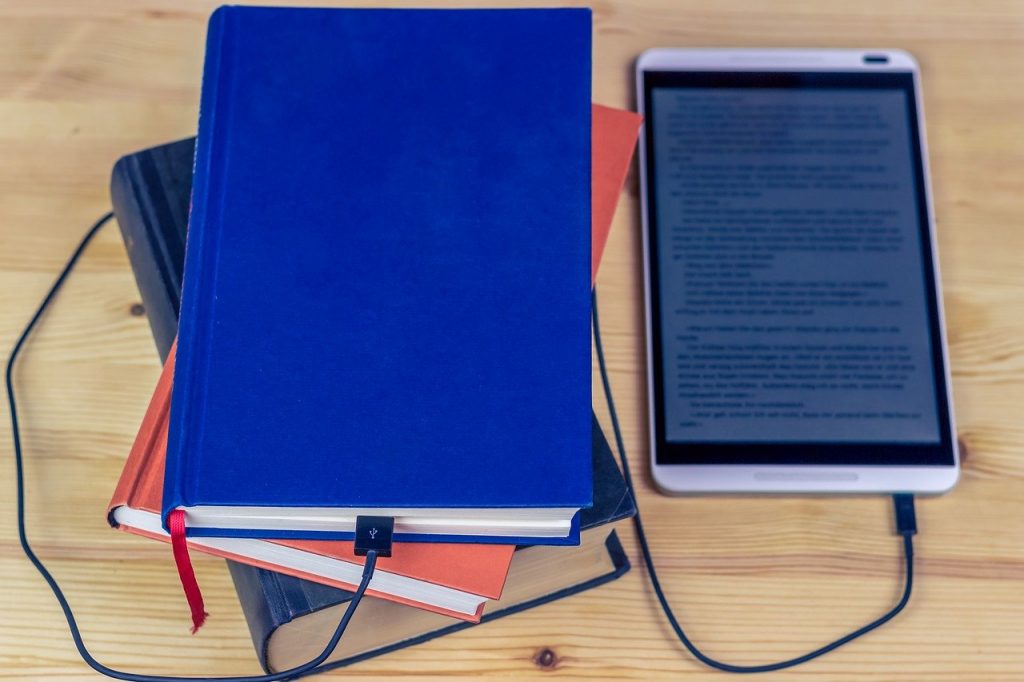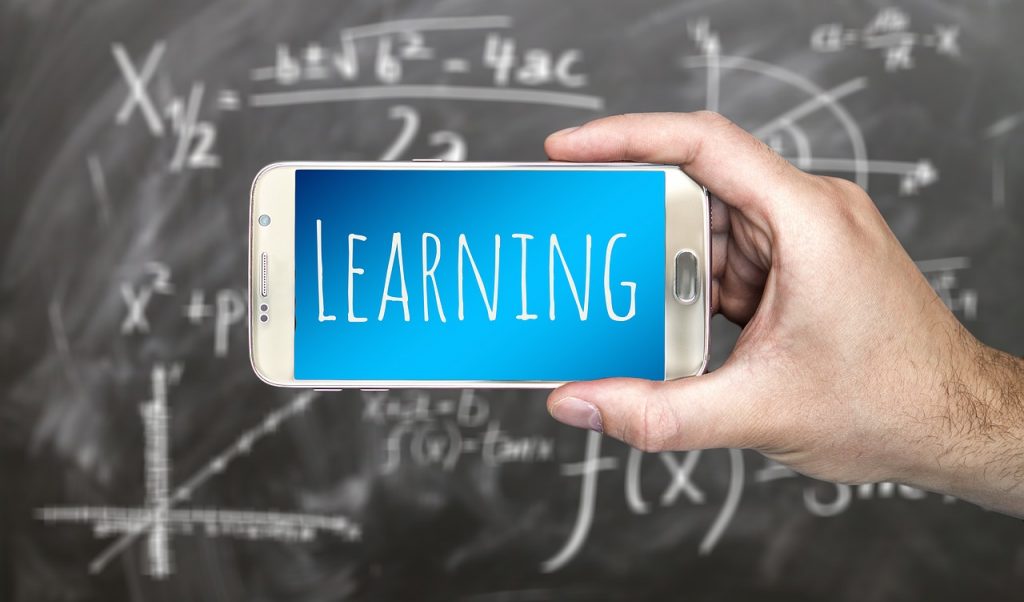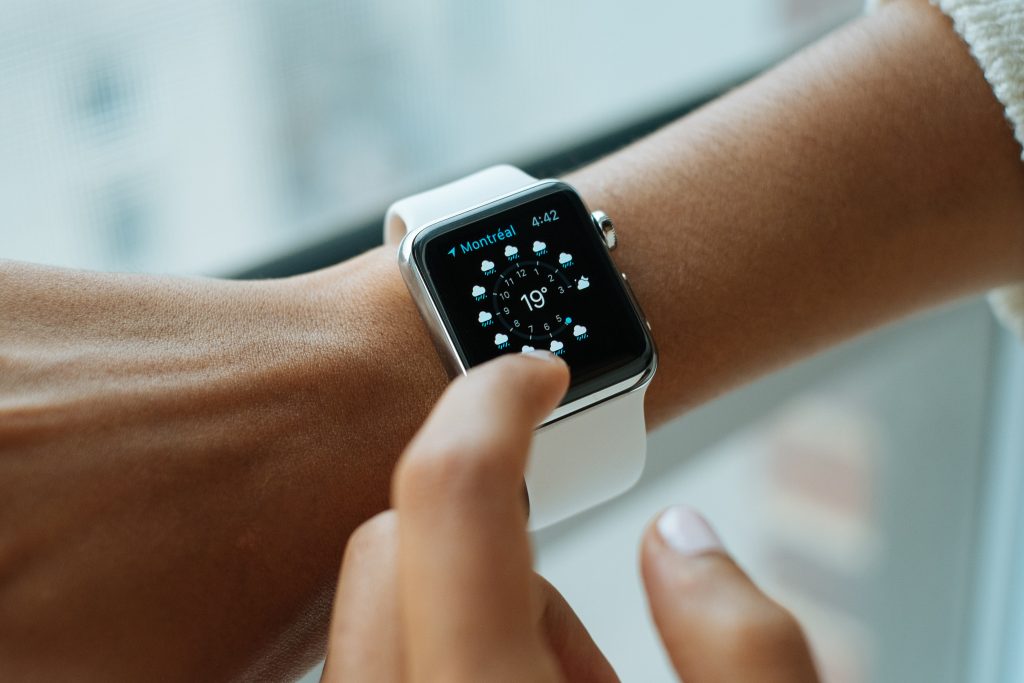Are you looking for genius tricks to teach students not to react violently? If so, keep reading.
1. Convey your feelings in a socially acceptable way.
2. Let the student voice their opinion in a situation to avoid becoming angry or upset.
3. Converse with the student about ways of handling situations successfully without conflict (e.g., walk away from a situation, change to another learning experience, ask for help, etc.).
4. Attempt several groupings to ascertain the situation in which the student is most comfortable.
5. Assess the appropriateness of the task to ascertain (a) if the task is too easy, (b) if the task is too complicated, and (c) if the duration of time scheduled to finish the task is sufficient.
6. Connect with the parents(e.g., notes home, phone calls, etc.) to disseminate information about the student’s progress. The parents may reinforce the student at home for demonstrating physical self-control at school.
7. Intervene early and often when there is a problem to prevent more severe problems from happening.
8. Draft an agreement with the student stipulating what behavior is required (e.g., demonstrating physical self-control) and which reinforcement will be implemented when the agreement has been met.
9. Praise the student for demonstrating physical self-control based on the duration of time the student can be successful. As the student shows success, slowly increase the amount of time required for reinforcement.
10. Praise those students in the classroom who demonstrate physical self-control.
11. Create classroom rules: • Complete every assignment. • Complete assignments quietly. • Remain in your seat. • Finish tasks. • Meet task expectations. Examine rules often. Praise students for following the rules.
11. Talk with the student to explain(a) what the student is doing wrong (e.g., shaking, flapping hands, etc.) and (b) what the student should be doing (e.g., practicing self-control).
12. Do not let the student begin a new learning experience until they have gained self-control.
13. Praise the student for demonstrating physical self-control: (a) give the student a concrete reward (e.g., privileges such as leading the line, handing out learning materials, 10 minutes of free time, etc.) or (b) give the student an informal reward (e.g., praise, handshake, smile, etc.).
14. Teach the student to recognize signs of becoming overexcited so they may deal with it appropriately.
15. Assess the appropriateness of the social situation concerning the student’s capacity and ability to function successfully.
16. Consider using a classroom management app. Click here to view a list of apps that we recommend.
17. Consider using an adaptive behavior management app. Click here to view a list of apps that we recommend.
18. Consider using Alexa to help the student learn to behave appropriately. Click here to read an article that we wrote on the subject.
19. Click here to learn about six bonus strategies for challenging problem behaviors and mastering classroom management.
20. Consider using a socio-emotional learning app. Click here to view a list of apps that we recommend.
21. Consider using an emotional intelligence app. Click here to view a list of apps that we recommend.
22. Consider using a school counseling app. Click here to view a list of apps that we recommend.
